Sustainable fashion: the biggest myth of all?
It may be the industry's trending topic but how can an industry built on trends and throwing away old clothes to buy new ones each season ever really be sustainable?
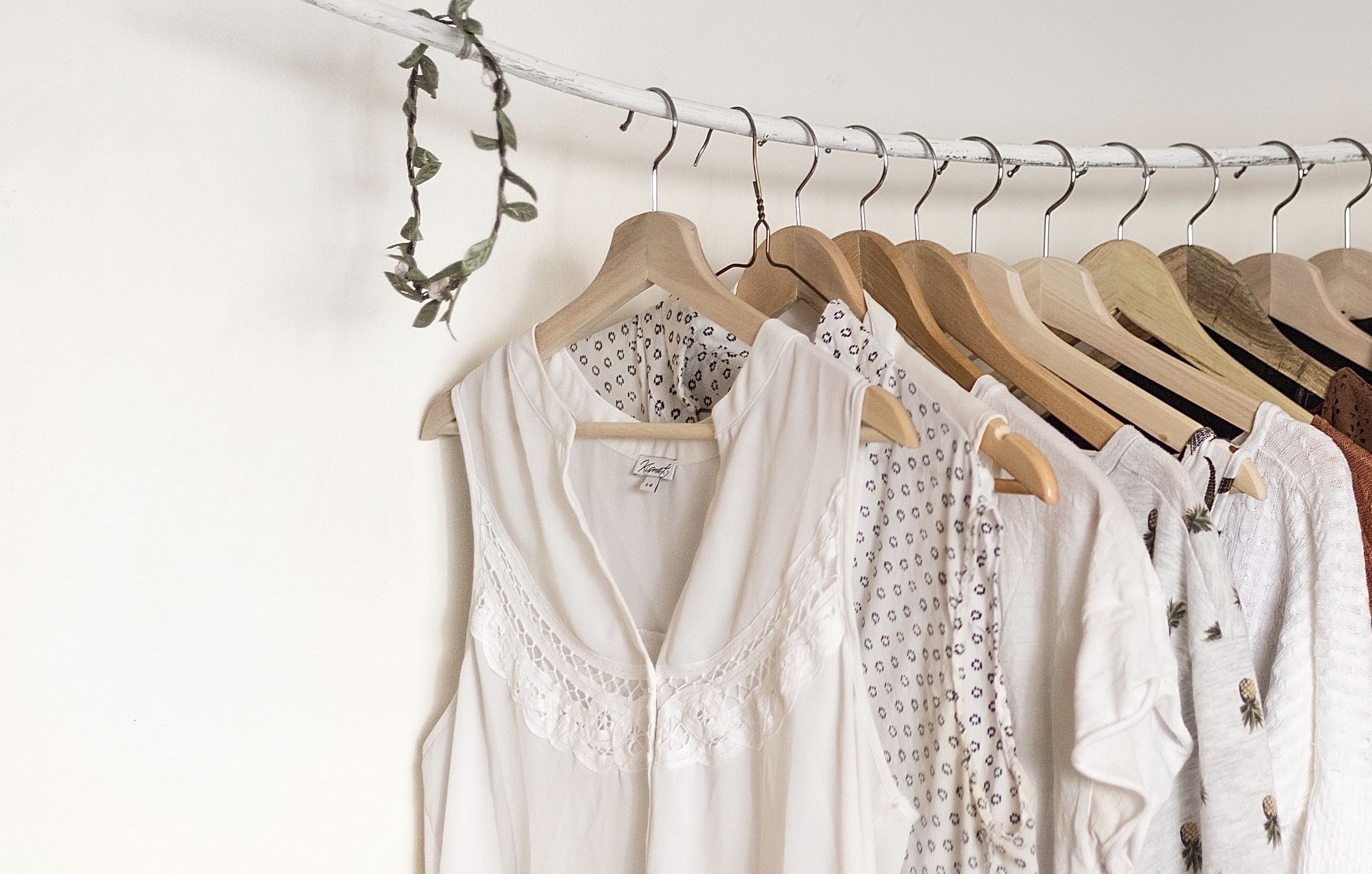
In fashion, trends come and go but there’s one trend from recent years that appears to be sticking: sustainability. The fashion industry is one of the most polluting industries in the world and, according to a United Nations study, the industry is responsible for around 10 percent of greenhouse gas emissions, 20 percent of all waste water and consumes more energy than the airline and shipping industries combined.
With this being said, it’s quite right that sustainability has quickly become one of the most important buzzwords in both mainstream society and the fashion industry.
The industry has been long problematic in terms of its effect on the climate and, with the growth of ‘fast fashion’ (cheap, trendy clothing that copies styles from the catwalk and celebrity culture and is quickly pumped through stores to maximise on current trends), the problems don’t seem to be going anywhere soon.
In fact, if it’s business as usual for the fashion industry, the clothing industry’s climate impact is – according to the Global Fashion Agenda - projected to increase by 49 percent by 2030 and, by 2050, the industry will be responsible for 25 percent of the world’s carbon consumption. So, understandably, there have been loud and consistent calls for change but, can fashion ever really be sustainable?
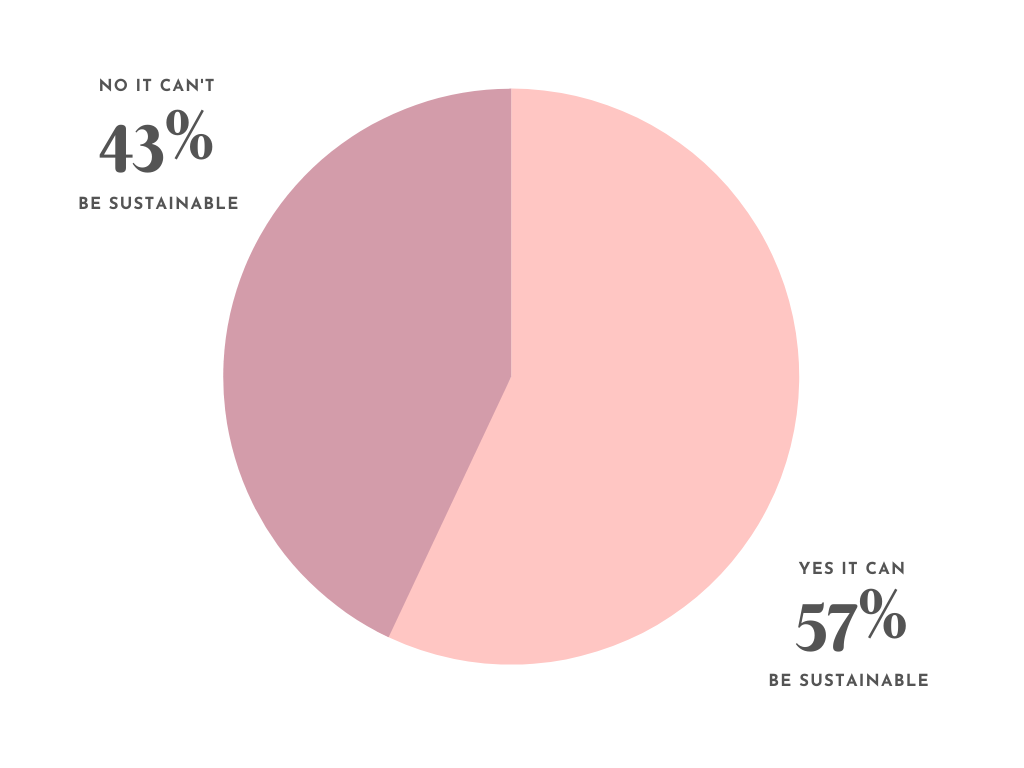
Poll of 130 respondents conducted on Instagram and Twitter
Poll of 130 respondents conducted on Instagram and Twitter
I vote yes! 🙌 Consider what "sustainable" means: it's not 0 impact - it's an impact within planetary limits. I believe a combination of innovation, better treatment of people, circular processes, and reduced consumption can get us there. https://t.co/C8xs2A1ulK
— Besma | Curiously Conscious (@BesmaCC) January 28, 2020
Yes fashion could become sustainable. It would just require a radical rethink of our expectations and practices that are probably not compatible with an economic systems that allows companies to eternalize the negative effects/ costs of their products.
— Astor + Orion (@astor_and_orion) January 28, 2020
No. A clothing industry that empowers workers, doesn't deplete natural resources, celebrates individual style and operates in a circular way with no waste - yes. But the fashion industry as it stands is a long, long way from that! It needs completely disrupting to get there.
— Sian Conway - Ethical Marketing Strategist (@SianEConway) January 28, 2020
Clothing has impact all the way from production of fibres, manufacture of the items, shipping, domestic laundry and then end of life. It will never be sustainable but by addressing these areas we would significantly reduce the impact on the environment.
— howies® (@howies) January 29, 2020
The way the fashion industry works currently - absolutely not. An industry that works purely on circularity and doesn't exploit limited resources? Maybe but there would have to be a complete overhaul for it to ever truly happen.
— Tolmeia Gregory (@TollyDollyPosh) January 28, 2020
If 'fashion' is redesigned to be stylish clothing within the strict constraints of local, circular manufacturing- then yes! And that itself will inspire creativity. But let's let go of current horrendous sytem quickly!
— RubyMoon GymToSwim® (@RubyMoonSwim) January 28, 2020
Camille Scheidt, author of Unravelling Threads: How to Have a Sustainable Wardrobe in the Age of Plastic Fibre and founder of NaturalClothing.com – a website resource which helps consumers learn more about the clothes they wear and how their fashion choices affect the environment – is a strong believer that fashion can be sustainable.
“I have no doubt that fashion can be sustainable. The quest for a sustainable fashion world can definitely seem daunting as the industry is truly a massive one, not to mention, every person in the world on some level participates in the consumption of fashion but it is also relatively recent that plastic fibres entered the everyday wardrobe and fast fashion took off”, she says.
“To think that sustainable fashion is impossible or too divergent from where the industry is today is to forget that today’s fashion industry is a far cry from what it was just a few decades ago”.
While Camille is optimistic, she isn’t unaware of the issues in the industry: “the biggest problems in the fashion industry are the use of plastic as an everyday fibre and the price of clothing being pushed recklessly low. These extreme low prices that we see don’t just create a hazardous situation for producers and workers in the early stages of the garment, but they encourage consumers to participate in the treatment of clothing as a disposable item”, she says.
“First and foremost, we need more education aimed at both brands and consumers. Brands need to understand how to adapt and move forward, and consumers need to be able to identify brands that greenwash as well as how to care for their clothing in sustainable ways but I really see lots of exciting potential. There are new materials being discovered, old materials being repurposed with new methods and plenty of fantastic alternatives to plastic that will create longer lasting garments that won’t warp after one wear and wash”.
However, fashion designer and founder of luxury upcycling brand House of Bilimoria, Shilpa Bilimoria, is more sceptical about the possibilities of a truly sustainable fashion world.
In a report published by three expert fashion organisations (the Global Fashion Agenda, the Sustainable Apparel Coalition and the Boston Consulting Group), it was revealed that a huge 40 percent of all fashion companies haven’t begun to take sustainability seriously by setting targets and rethinking their supply chains.
But, with that being said, progress is being made; consumers are changing their attitudes – a 2015 study from Nielsen showed that 73 percent of millennials were willing to spend more on products if it was from a sustainable brand, and 81 percent of millennials expect transparency from brands in terms of their sustainability impact.
Along with changing attitudes in the consumer world, fashion companies themselves are beginning to wake up. While not all high street and fast fashion brands are seriously attempting to tackle the issues of sustainability in their industry, those who are appear to be making their climate impact a priority.
H&M, as one of the world’s leading fast fashion chains, is arguably one of the main culprits using the fast fashion model that has contributed so massively to the industry’s huge climate impact. Yet, H&M is the perhaps the most vocal and active high street fast fashion brand when it comes to sustainability and has both introduced and proposed a number of schemes and goals to tackle the issue.
The Swedish brand first launched their Conscious range in 2010, marking their entrance into the world of sustainable fashion and the range is still going strong today – to qualify to be included in this range, the product must contain at least 50 percent sustainable materials.
Along with this, H&M is a member of the Better Cotton Initiative and 95 percent of the cotton used by the H&M group now is recycled or other sustainably sourced. H&M also offer a recycling programme which allows customers to return clothing of any brand in store and, in 2018, over 20,000 tonnes of textiles were collected through this initiative.
The brand aims to use only recycled and sustainably sourced materials by 2030 and, by 2040, it aims to be completely climate positive.
H&M was also amongst the 32 leading fashion companies that signed the Fashion Pact – a non-legally binding agreement aiming to tackle the issues of greenhouse gases and focus on sustainability in the fashion industry - in August 2019. Other companies that signed the agreement include leading luxury retailers such as Chanel and Prada and fast fashion players such as Zara.
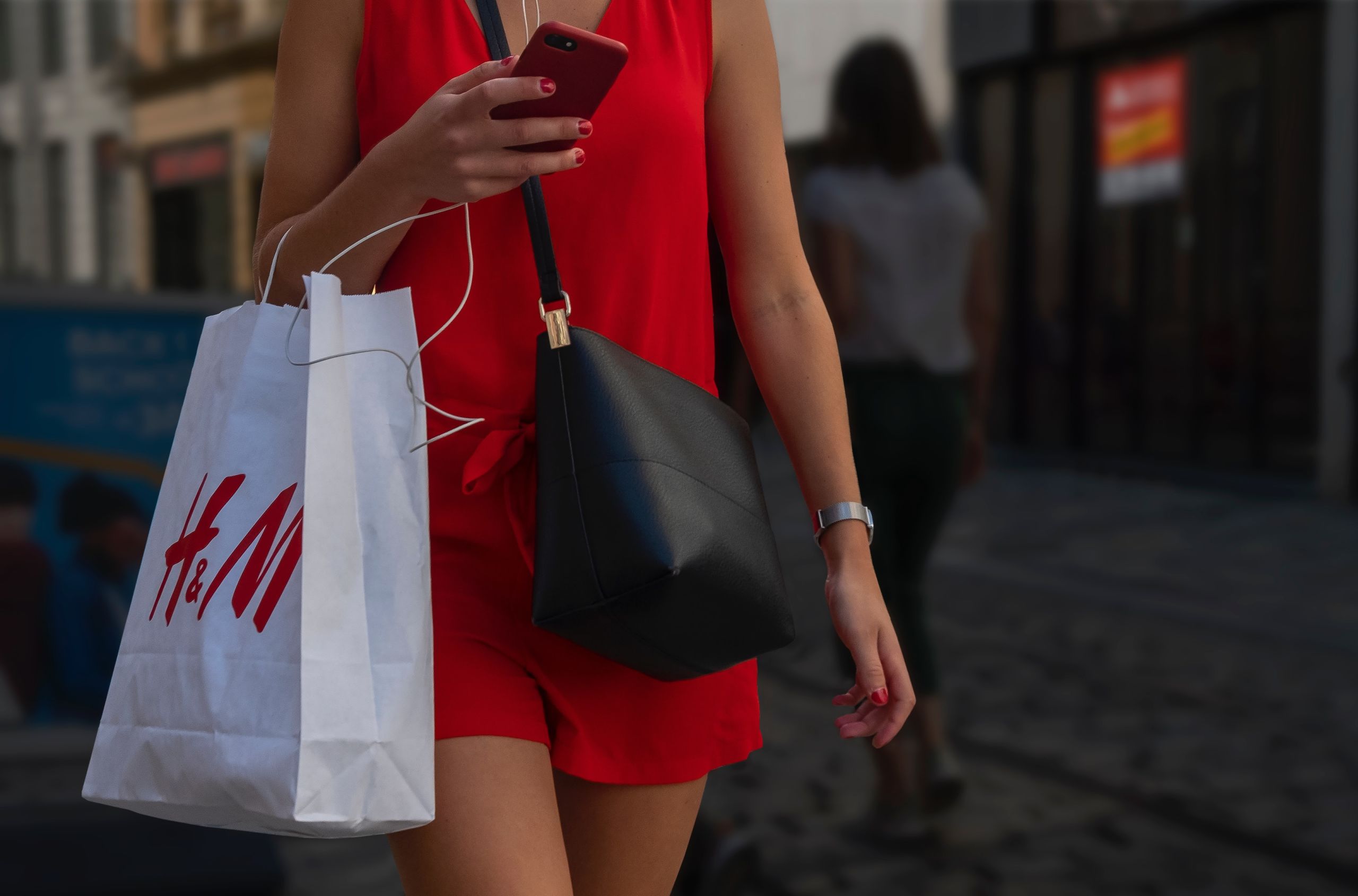
So, there’s definitely progress being made in the fashion world but what can we, as consumers, do to tackle sustainability ourselves?
Reshma Field is an independent personal stylist based in Swindon; as a fashion industry professional, she says we have a choice – “We can choose to shop as sustainably as we can. We can choose to buy second hand or vintage. We can choose to buy less. We can choose to buy better quality”.
People often find it strange that Reshma is a personal shopper but also an advocate of sustainability but she says that the key is to know the styles and colours that suit you because “Once you’ve found that through the styling process you will, by default, buy less, choose well and think about what you buy”, she says. Her advice? “Only buy what you need. Only buy what you love. Don’t buy for the sake of it”.
Fashion blogger Malvika Sheth also has similar suggestions; her main advice for consumers wanting to take on the issues of sustainability is to think of buying clothing as an investment. “Everyone has varying levels of ability in order to do this, but investing in key luxury, quality pieces has been a saving grace for me because, not only do I always feel like using it, and thus I’m not afraid to repeat, but it also lasts me a whole lot longer. In this way, I feel I am also able to support brands that don’t advocate for fast fashion and, instead, follow a similar philosophy of investing in a piece that will last you a lifetime”.
Another way of making a change is by participating in clothing swaps. Whether it be amongst your friends or an organised event, swapping clothes is the eco-friendly alternative to buying brand new clothes and it’s becoming increasingly popular.
Michelle Wright is an event manager and the founder of vintage boutique Raindrops & Ribbons that hosts dress swaps. “Swap a dress came about in 2018 when I looked in my wardrobe and saw all the dresses I’d worn once in my younger years and never again. They were beautiful, yet just wasted and I thought “other women would love these. I wonder how many have the same in their wardrobe that I’d love” so I hosted my first event and thought: if it works then fabulous but if not, I tried! It was a huge success”, she says.
“In short, you swap all the dresses you don’t wear with like-minded ladies for ones you will. Each swap is different depending on the host”, she explains, but “As long as you leave with the same amount you came with, you have a pre-loved wardrobe for the cost of your own unworn dresses which will now be re-loved. It’s a fantastic feeling seeing your dress being taken home and somebody thrilled to have found it”.
The benefits? Michelle thinks there are huge benefits, and in a variety of areas. Firstly, money: “Swapping means you can curate a new wardrobe for yourself without spending a penny besides the small entrance fee and a glass of wine to quite rightly enjoy at the event”.
Secondly, you’re helping to tackle the greater issues of climate change and textile waste – as fast fashion is one of the biggest polluting industries, “Swapping really combats the urge and need of cheap and easy throwaway fast fashion. Swapping is impulse purchasing without the price tag”.
As well as this, Michelle sees swapping as more personal: “Fashion becomes a style to you, not just a label. You look for the beauty in dresses you are drawn to – not just the label”. Plus, swapping events are perfect social events – “Many ladies have become friends from my swap a dress evenings and it’s wonderful to bring a group of like-minded ladies together”. What’s not to love?
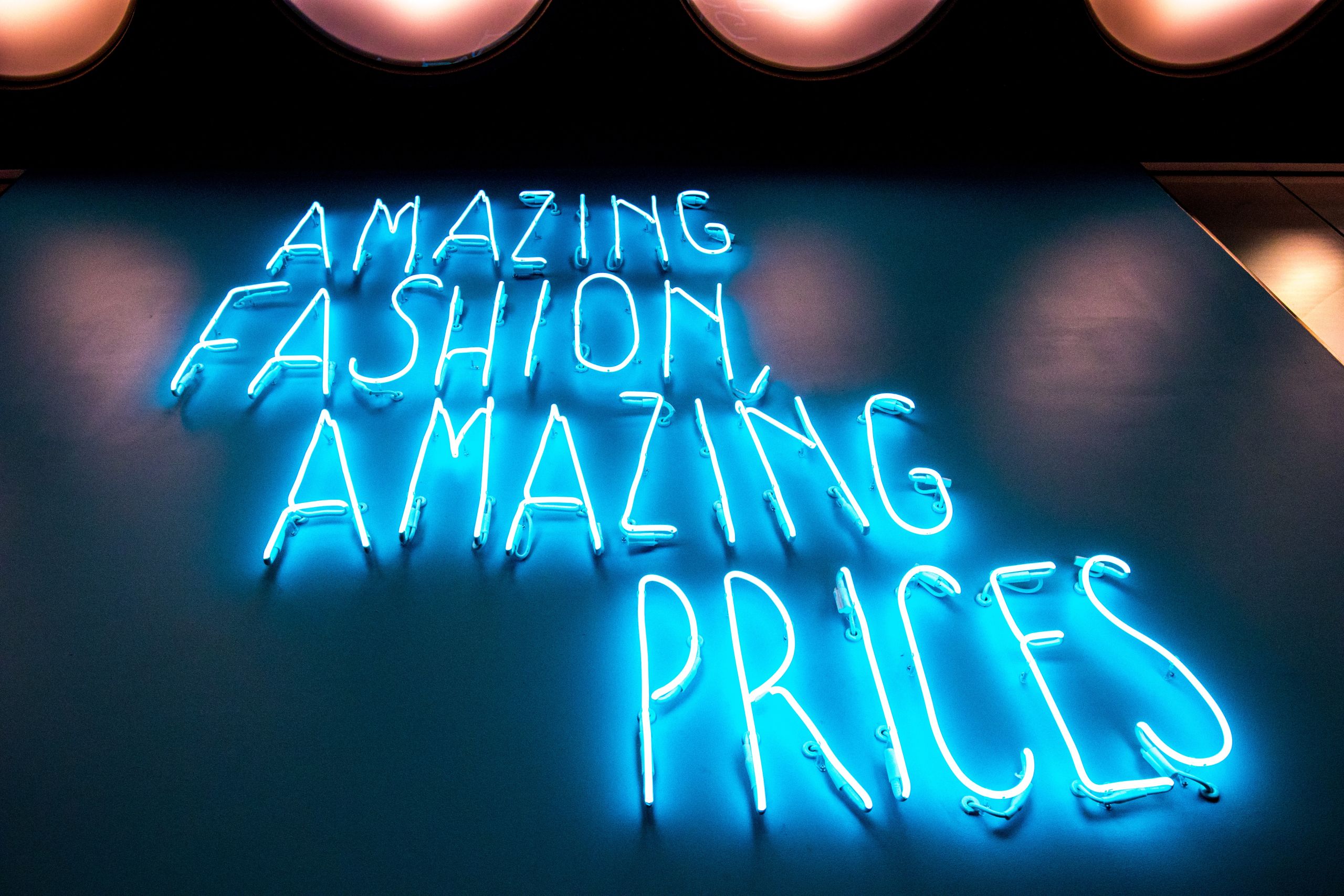
Photo by Jason Leung on Unsplash
Photo by Jason Leung on Unsplash
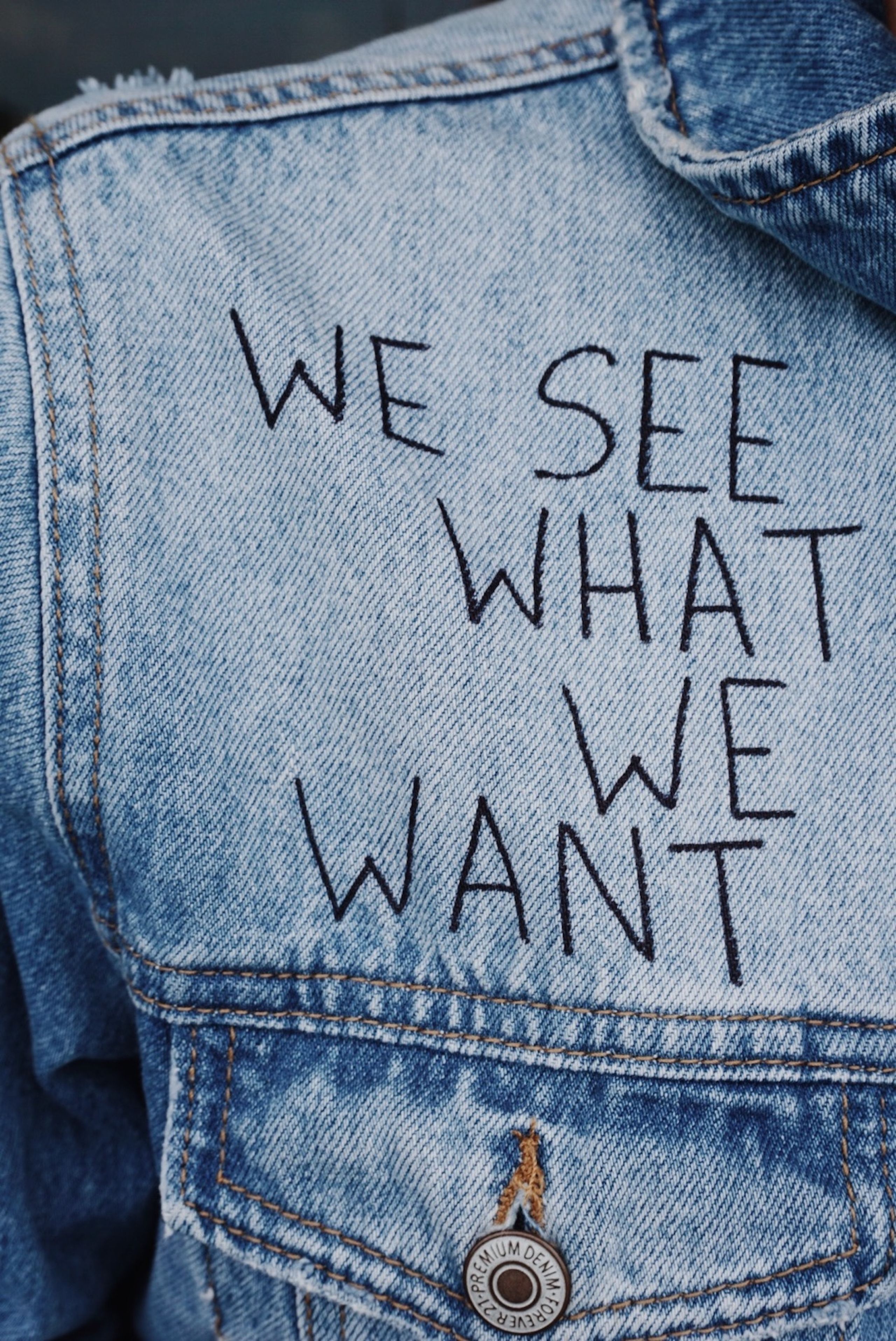
Photo by Julia Kuzenkov from Pexels
Photo by Julia Kuzenkov from Pexels
It’s easy to say things are changing and progress is being made in tackling the issues of sustainability in the fashion world but, as true as that statement is, there’s still a long way to go.
It’s great that attitudes are changing – both in the consumer world and for major brands in the industry – but, until there’s some kind of revolutionary change in the practices of fashion brands, it’s hard to see how fashion can ever be truly sustainable. Priorities need to change – and it’s okay to be introducing sustainable clothing ranges but, what about the rest?
It’s a process, and it’ll be a long process – there’s no doubt about that – but the pressure on the industry to finally take responsibility for their climate impact is only increasing and it’s an issue that, unlike your Spring/Summer 2020 trends, won’t be disappearing any time soon. But for now, perhaps we should really take what Vivienne Westwood once famously said on board: “Buy less, choose well and make it last”.
